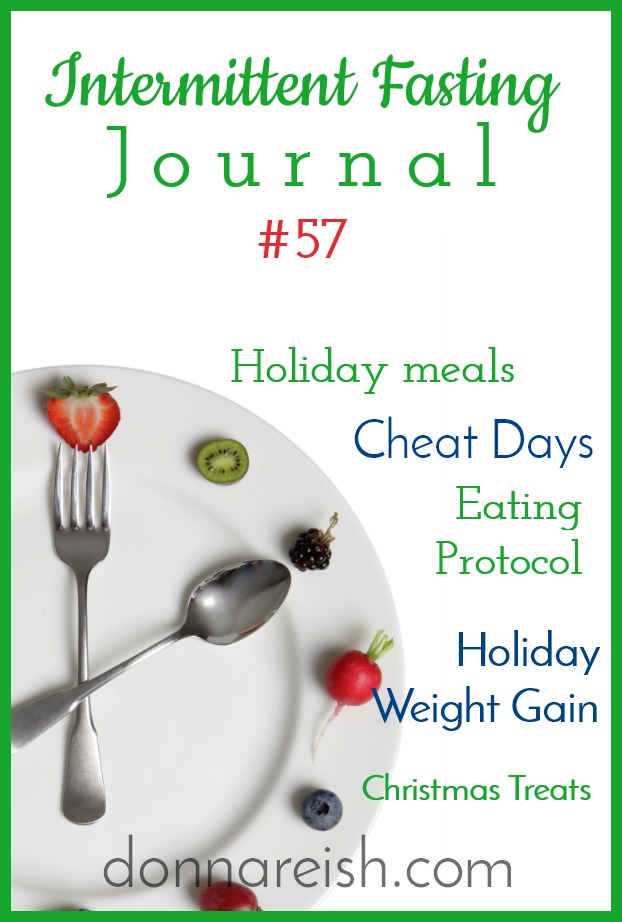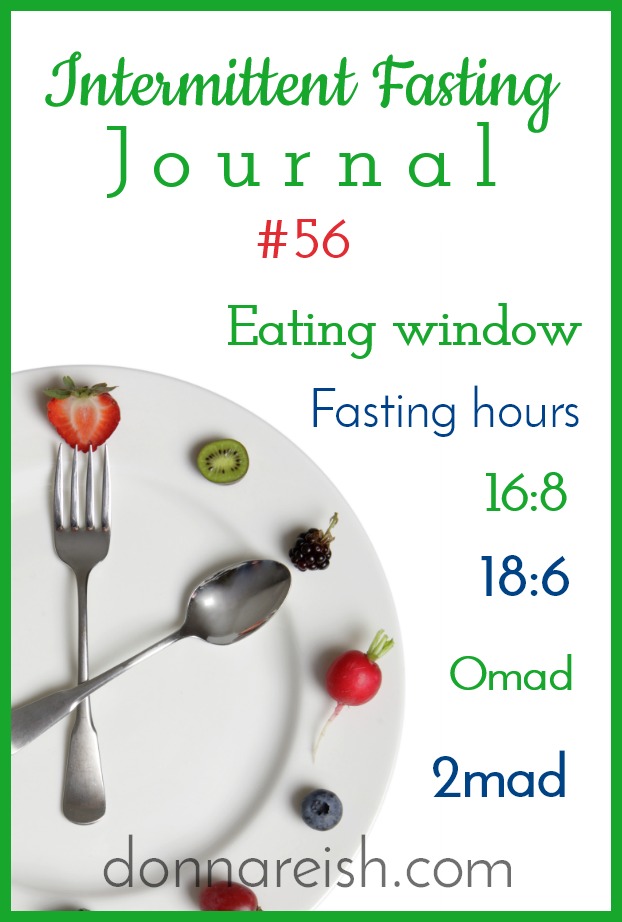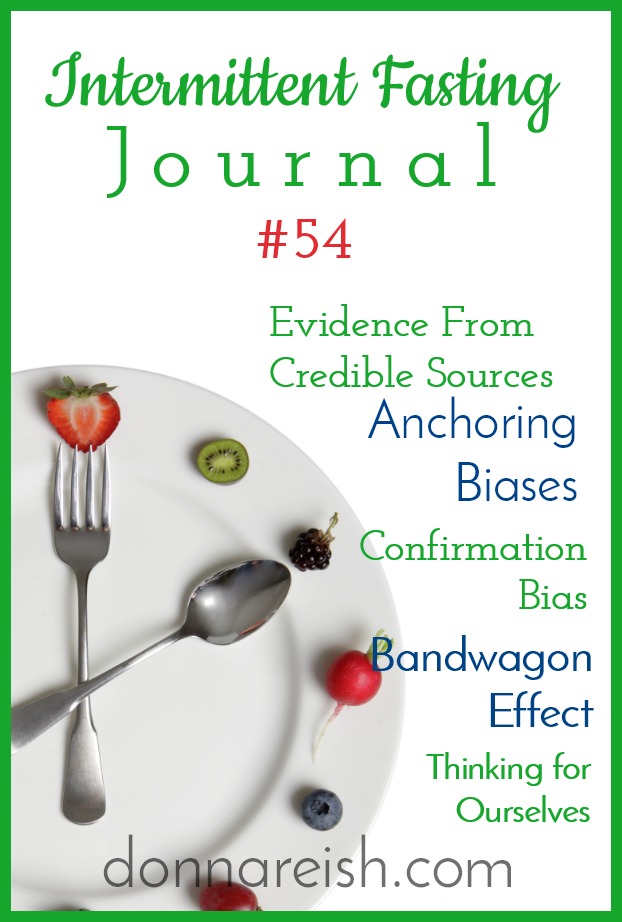
How Many Special Unhealthy Food Occasions Do You REALLY Have Between Halloween and New Year’s Day? (Broadcast #57)
The thing about me is I get a little crazy—just a little–when I learn something new or find something that works for me. (You didn’t know that already, did you? 🙂 )
And today’s Broadcast is no exception….
I have learned so much since I began weight loss coaching–and I want to shout it all from the mountaintops!
In this video (or podcast), I am sharing some of these new revelations, including:
1) How Deciding Ahead of Time is the key to weight loss and maintenance
2) Why Cheat Days cost us way more than we want to pay (and keep us from losing weight)
3) How to have a Fun Food exception episode each week to enjoy your very favorites–but not have cheat days that turn into cheat weeks!
4) How to figure up which meals or parties you will have Fun Foods (and which ones you really don’t need to)
5) How to THINK! The most important part of all!
I can’t wait for you to see the video! (Of course, I have a detailed outline for you–with all that math today, you might need it!)
Broadcast #57: How Many Special “Unhealthy” Food Occasions Do You REALLY Have Between Halloween and New Year’s Day?

Make a weight management resolution that you will keep (unlike 92% of people who give up by January 25th!)….
You CAN practice Intermittent Fasting for the rest of your life! Use coupon code SAVE20 to get 20% off the January course session: https://intermittentfastingcourse.com
A. Throwing Healthy Eating Out the Window From Halloween to New Year’s Day
1. Average weight gain 7-12 pounds
2. People don’t start new eating protocols or they discontinue ones they are trying to implement
3. They wait until New Year’s resolutions—even though they have a 92% failure rate by January 20th!
B. Why and How to Combat This
1. They think it is because there are too many special occasions to even try
2. But are there really?
3. My mantra to my kids: “Every day is special, but every day isn’t a “special day”!
4. We want our kids to adopt this—you still have to go to school; you still have practice; you still have homework; you still have bedtimes, etc., but we don’t want to adopt it ourselves when it comes to food! #adulting
5. We create special days that do not really need to be exceptions and call every day an exception
6. “Cheat days”—exception days, off days, no count days, free days—whatever you want to call them keep us from our goal weight more than any other “mistake.”
7. They take us over the amount of food (calories for most people) that they need in a given week by adding an extra 2000 to 4000 calories on that day—so we never have a net loss
8. Exceptions should be one meal or one food one day a week or less off of the protocol you have chosen for yourself in order to sustain the loss you have already or have more weight loss (“Fun Food” meal!)
9. The concept of “I’m going off tonight anyway” and the overdrawn checking account—seriously! Why didn’t I see this for so many years????
C. It’s Simple Math
1. Simple to figure but harder to keep
2. Look at calendar from Halloween to New Year’s Day
a. Halloween–children’s holiday; we don’t need it “off” (save 4 to 6 pieces of your favorites and plan them ahead of time)
b. Church Thanksgiving dinner—how important is this to you? Can you make protocol food and eat that and save your “meal off” for family meal? Do you need three Thanksgiving dinners? Most of us do not.
c. Extended family Thanksgiving—Okay, I’ll give you this one because you only get Aunt Mary’s pie once a year (1 Fun Food Meal—1 total so far)
d. Immediate Family Thanksgiving—I’ll even give you this one—one MEAL, not the whole day (aghhh….who wants to feel that way for 12 hours??? Not me!) (1 Fun Food Meal—2 total so far)
e. School Christmas Program—Store bought cookies are NEVER worth it
f. Cookie Exchange Night—Unless someone baked your favorite cookie ON THE WAY to the exchange, nothing is fresh out of the oven, so just skip then (If you thought it was worth it while you were baking for it, that’s another matter—you might want to add that to your total depending on how many “specials” you have that week—remember there will be a lot of other baking coming up! Do not, I repeat, do not eat treats while baking AND at the event…you’re an adult…you can have more control than that!) Let’s have cookies today—but only warm, homemade, amazing ones, okay? (1 Fun Food Meal—3 total so far!)
g. Office Christmas Party—Decisions, decisions….I actually have a “worth it” list—maybe you need one too! Every eating out or party is really worth it. I have my top 20 or so that will always be worth it if my week doesn’t already have my “Fun Food Meal” in it. If the bread is amazing, maybe. If the desserts are truly homemade and are cake with cream cheese frosting…possibly. So let’s assume this is an amazing dinner at one of your favorite non-chain restaurants! Lol (1 Fun Food Meal—4 total so far!)
h. Church Christmas Program—Okay…you know those cookie exchange people are all bringing the leftover cookies to this, right? And you know that these programs happen all the time—VBS, summer, harvest, Christmas, spring….yeah….eat your intentional food before you go and help some young mommas with their littles!!
i. Extended Family Christmas—Alright…I’ll give you Aunt Mary’s Christmas Dessert…so go enjoy! (1 Fun Food Meal—5 total so far!)
j. Christmas Eve Eve Eve Eve Eve—Seriously?
k. Christmas Eve—Alright…one more meal (1 Fun Food Meal—6 total so far!)
l. Christmas Morning—You decide….two “Free Food Meals” in one day is a lot of unhealthy food, but you know if your traditions are worth it that day or not (1 Fun Food Meal—7 total so far!)
m. Christmas Dinner—Merry Christmas—but stop around 6 or so….and call it a day. You’ve had plenty. (1 Fun Food Meal—8 total so far!)
n. Day After Christmas—Stop the madness….send all leftovers home with someone and pour dish soap over the leftover pie and pitch it. (If you think it’s safe in the freezer, freeze some goodies for something in the future….if. it’s. safe.
o. New Year’s Eve—Celebrate! (1 Fun Food Meal—9 total so far!)
p. New Year’s Day—One meal..one meal only. Not a New Year’s Day brunch and dinner later…not a “last meal” before the diet tomorrow….one. fun. Food. Meal! (1 Fun Food Meal—10 total so far!)
D. Advanced Math
1. 60 days between Halloween and New Year’s Day
2. Perfectly on protocol 50 of those
3. Ten “special days”—one “fun food meal” per day
4. Potentially over by 1,000 calories on each of those days
5. Balanced out by some lower days and a little exercise and some great fasts…..
6. No weight gain!
E. Free Content and Paid Services
1. Free video teaching weekly at Donna’s Intermittent Fasting Group
2. Free hour long fasting webinar: https://intermittentfastingwebinar.com
3. Month-long Intermittent Fasting Course: https://intermittentfastingcourse.com
4. Weight loss coaching—email characterinklady@gmail.com
Love and hope,
Donna
P.S. Make a weight management resolution that you will keep (unlike 92% of people who give up by January 25th!)….join my January course!
You CAN practice Intermittent Fasting for the rest of your life! Use coupon code SAVE20 to get 20% off the January course session: https://intermittentfastingcourse.com
P.S.S. If you need one-on-one help, email me about my coaching services–I’m hanging out my shingle mid-January!























